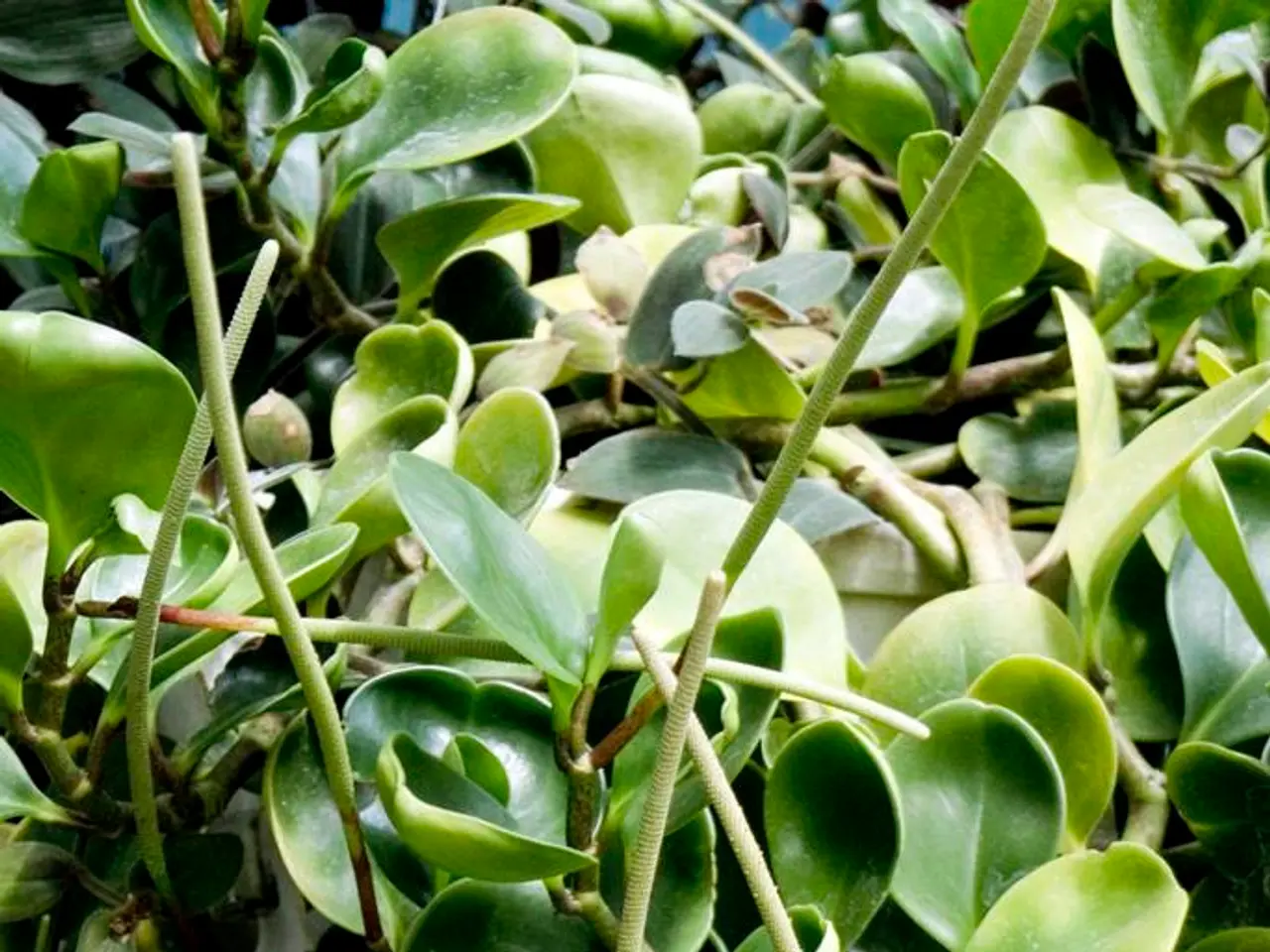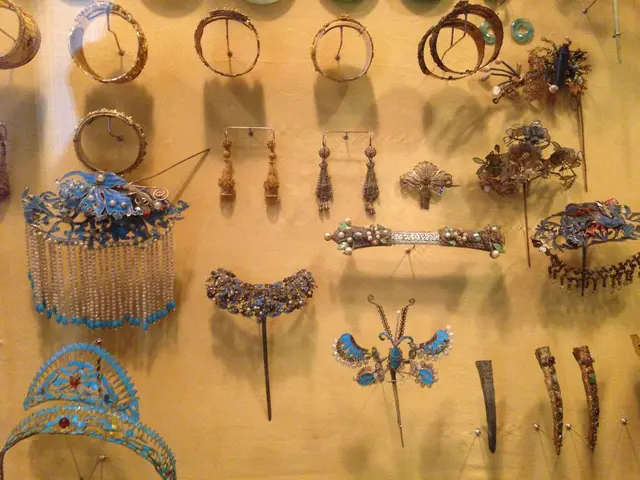Mastering Terrarium Hydration: Expert Strategies Unveiled
In the world of terrarium gardening, maintaining the right moisture level is crucial for the health and longevity of your plants. Here are some expert tips to help you water your terrarium effectively while avoiding rot or mold.
First and foremost, remember to water conservatively. For closed or lidded terrariums, the soil should be kept slightly damp but not soggy. Overwatering is a common mistake that can lead to root rot and mold growth. Lightly mist the plants and soil with distilled or filtered water when the soil looks dry and there is little to no condensation inside the terrarium.
When watering, it's best to pour water gently down the sides of the terrarium glass, allowing it to slide into the soil. This prevents disturbing the plants or creating overly wet spots.
Closed terrariums thrive at relative humidity (RH) between 70–90%, while open terrariums do best at 40–60% RH. Persistent condensation on the glass for over 24 hours indicates excess moisture, requiring ventilation to reduce humidity.
Adjusting the watering schedule based on terrarium type is essential. Closed terrariums may need watering approximately every 4–6 weeks or when condensation disappears, while open terrariums should be watered weekly to biweekly. Always check soil moisture before watering to avoid overwatering.
Proper drainage layers are also crucial. Include a base layer of gravel or small stones and activated charcoal beneath the soil to prevent water pooling and stagnation, which cause root rot.
If white fuzz (mold) appears, increase airflow, remove affected materials promptly, and consider natural fungicides like cinnamon. Good ventilation helps prevent mold and algae.
Regular maintenance is key to terrarium health. Loosen the substrate once or twice a year to prevent compaction and maintain oxygen flow to roots. Replace charcoal every 6–12 months and swap out moss layers as needed.
Watering in the morning is recommended for better absorption and to allow plants to dry overnight. Avoid mixing plants with different humidity needs, such as succulents and ferns, to maintain a balanced environment.
Lastly, if your terrarium has a false bottom layer, a small amount of water that seeps through to the pebble (or LECA) base can help maintain humidity without rotting the roots.
By following these practices—conservative misting, watering from the sides, maintaining proper humidity, ensuring drainage, and regular substrate care—you will maintain optimal moisture, avoid rot and mold, and support a healthy terrarium ecosystem.
When building your home-and-garden lifestyle, focusing on terrarium gardening, it's essential to water conservatively, especially for closed terrariums. Maintaining slight dampness in the soil by lightly misting plants and soil with distilled or filtered water, and pouring water gently down the terrarium's sides, can help prevent rot or mold.




